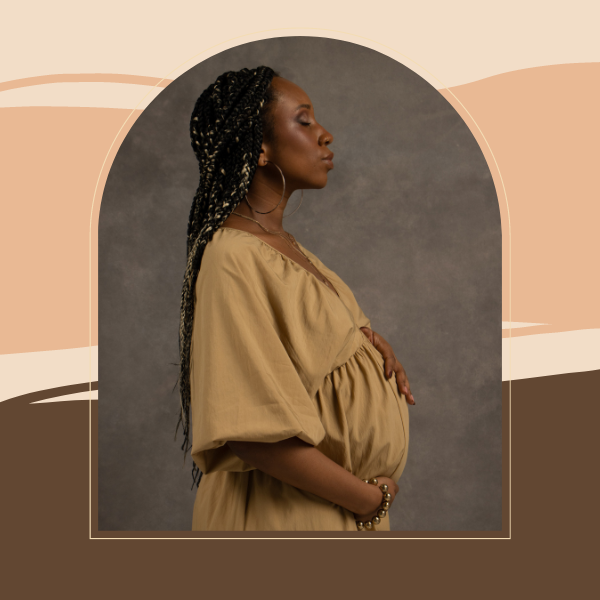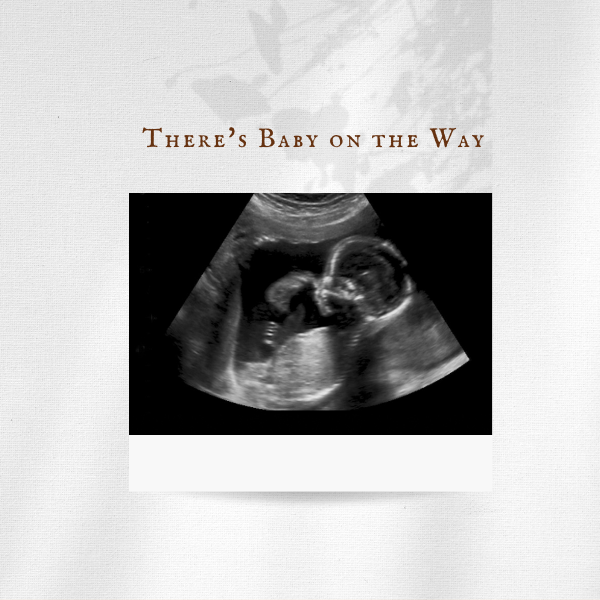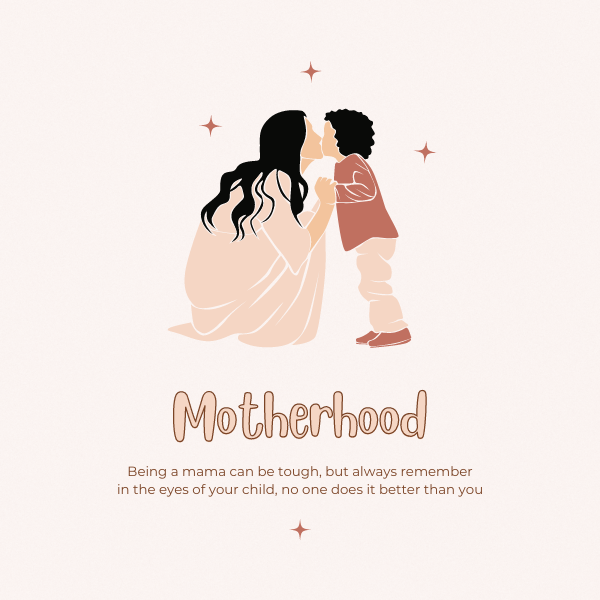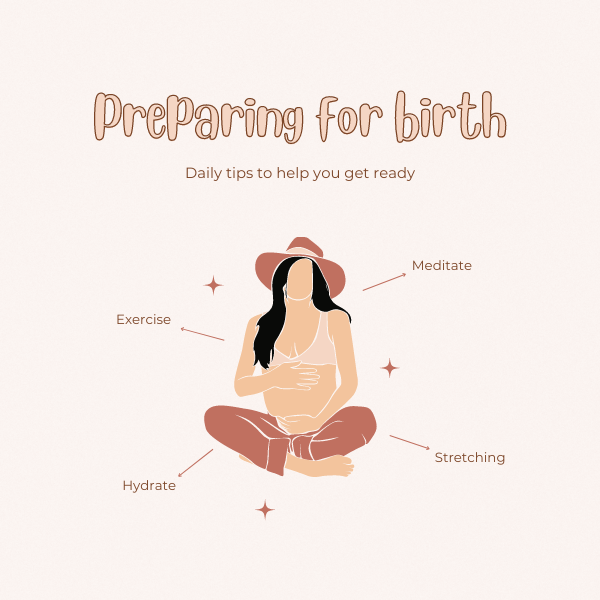If you want to know, ‘How long does Braxton Hicks contraction last?’, you have come to the right place.
Braxton Hicks contractions, often called “practice contractions,” are common during pregnancy. These contractions commonly occur around the 20th week of pregnancy, although some women may experience them earlier or later. Contractions are usually painless and serve as a preparation for labor.
However, many expectant mothers wonder about their duration, when to be concerned, the reasons behind frequent Braxton Hicks contractions, where they can be felt, and how to manage them effectively.
We will delve into these questions and provide you with valuable insights to navigate through this stage of pregnancy.
Before we talk about Braxton Hicks in detail, you must be aware of the difference between Braxton Hicks and Labour Contractions, as they are different.

So, what’s the difference between Braxton Hicks and Labor Contractions?
Braxton Hicks contractions and labor contractions may share similarities in the sensations they produce, but there are distinct differences that can help differentiate between the two.
Understanding these differences is essential for expectant mothers to identify the onset of actual labor.
Timing and regularity
Braxton Hicks are typically irregular and sporadic. They do not follow a consistent pattern, occurring randomly throughout the day. They may be more noticeable during physical activity or when you are dehydrated.
Whereas labor contractions are progressively regular and consistent. They increase in frequency, duration, and intensity as labor progresses. As labor advances, contractions typically occur closer together and become more predictable.
Intensity
Braxton Hicks contractions are generally described as uncomfortable or mildly uncomfortable. They are often painless or cause minimal discomfort.
True labor contractions are more intense and may start as a mild ache in the lower back or lower abdomen, gradually intensifying as the contraction peaks. The pain can radiate from the back to the front and may require more focused breathing or coping techniques.

Duration
Braxton Hicks contractions are usually shorter, typically lasting around 30 seconds to 2 minutes. Labor contractions tend to last longer, with 45 to 90 seconds. As labor progresses, the contractions may lengthen even further.
Effect of movement or rest
Braxton Hicks contractions are often unaffected by movement or change in position. They may persist even if you rest or engage in physical activity.
However, true labor contractions tend to be consistent, regardless of movement or rest. Changing positions or walking may not alleviate or stop true labor contractions.
Cervical changes
Braxton Hicks contractions do not cause significant changes in the cervix. They do not lead to cervical dilation or effacement.
But true labor contractions are associated with progressive cervical changes. As labor advances, the cervix effaces (thins out) and dilates to allow the baby’s passage through the birth canal.
How long does Braxton Hicks contraction last?
The duration of Braxton Hicks’s contractions can vary from woman to woman. Typically, these contractions last between 30 seconds and two minutes.
However, there is no fixed time frame. Contractions can occur sporadically throughout the day or cluster together, sometimes lasting for hours.

When should you be concerned about Braxton Hicks contractions?
While Braxton Hicks contractions are considered a normal part of pregnancy, there are instances when you should seek medical attention.
Be aware of the following signs that may indicate a need for concern:
Increasing intensity and frequency
If your contractions become more intense, frequent, and regular, this could signify preterm labor. Contact your healthcare provider promptly to rule out any complications.
Painful contractions
These contractions are typically painless, causing discomfort at most. However, if you experience painful contractions that don’t ease with rest or a change in position, consult your healthcare provider.
Other accompanying symptoms
If you notice any unusual vaginal discharge, bleeding, pelvic pressure, or concerns about your baby’s movements, do not hesitate to seek medical advice.
Remember, it’s always better to err on the side of caution and consult with your healthcare provider whenever you have concerns about your contractions or any other aspect of your pregnancy.
Why am I having so many Braxton Hicks contractions?
If you are wondering why you are experiencing so many braxton hicks contractions, here is your answer.
Several factors contribute to the frequency of Braxton Hicks contractions, such as:
Dehydration
Dehydration can stimulate the onset of Braxton Hicks contractions. Ensure you stay adequately hydrated throughout the day by drinking plenty of water and consuming fluids rich in electrolytes.
Physical activity
Physical activity, such as exercise or strenuous tasks, can trigger contractions. Listen to your body and avoid overexertion during pregnancy.
Full bladder
A full bladder can irritate the uterus and trigger contractions. Frequent trips to the bathroom help alleviate this issue.

Multiple pregnancies
Women carrying multiples, such as twins or triplets, often experience more frequent Braxton Hicks contractions due to increased uterine pressure.
Emotional stress
High stress and anxiety levels can lead to more frequent or intense Braxton Hicks contractions. Practice relaxation techniques and seek emotional support during pregnancy.
Where do you feel Braxton Hicks contractions?
Braxton Hicks contractions are typically felt in the lower abdomen, although some women may experience them in the pelvic region or lower back. Unlike true labor contractions, these contractions are usually not accompanied by pain radiating from the back to the front.

How to manage Braxton Hicks contractions?
While Braxton Hicks contractions cannot be entirely prevented, several techniques may help manage and alleviate discomfort:
Rest and change positions
Lie down on your left side and practice deep breathing to help relax your body. Changing positions or taking a warm bath can also provide relief.
Stay hydrated
Drink ample water throughout the day to prevent dehydration, which can trigger contractions.
Urinate regularly
Empty your bladder regularly to reduce the frequency of contractions.
Practice relaxation techniques
Techniques such as deep breathing, guided imagery, and prenatal yoga can help reduce stress and ease the discomfort associated with Braxton Hicks contractions.
Communicate with your healthcare provider
Share your concerns and experiences with your healthcare provider during prenatal visits. They can provide guidance and reassurance and address any specific concerns you may have.
Takeaway
Braxton Hicks contractions are a natural and common part of pregnancy. Understanding their duration, the reasons behind their frequency, and how to manage them can help you confidently navigate this stage.
Remember to stay informed, communicate with your healthcare provider, and prioritize self-care to ensure a healthy and comfortable pregnancy experience.


